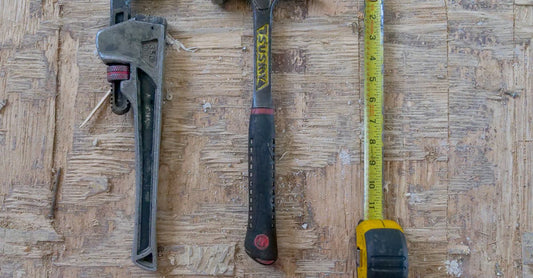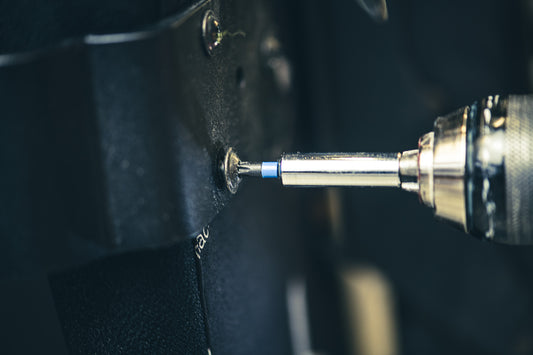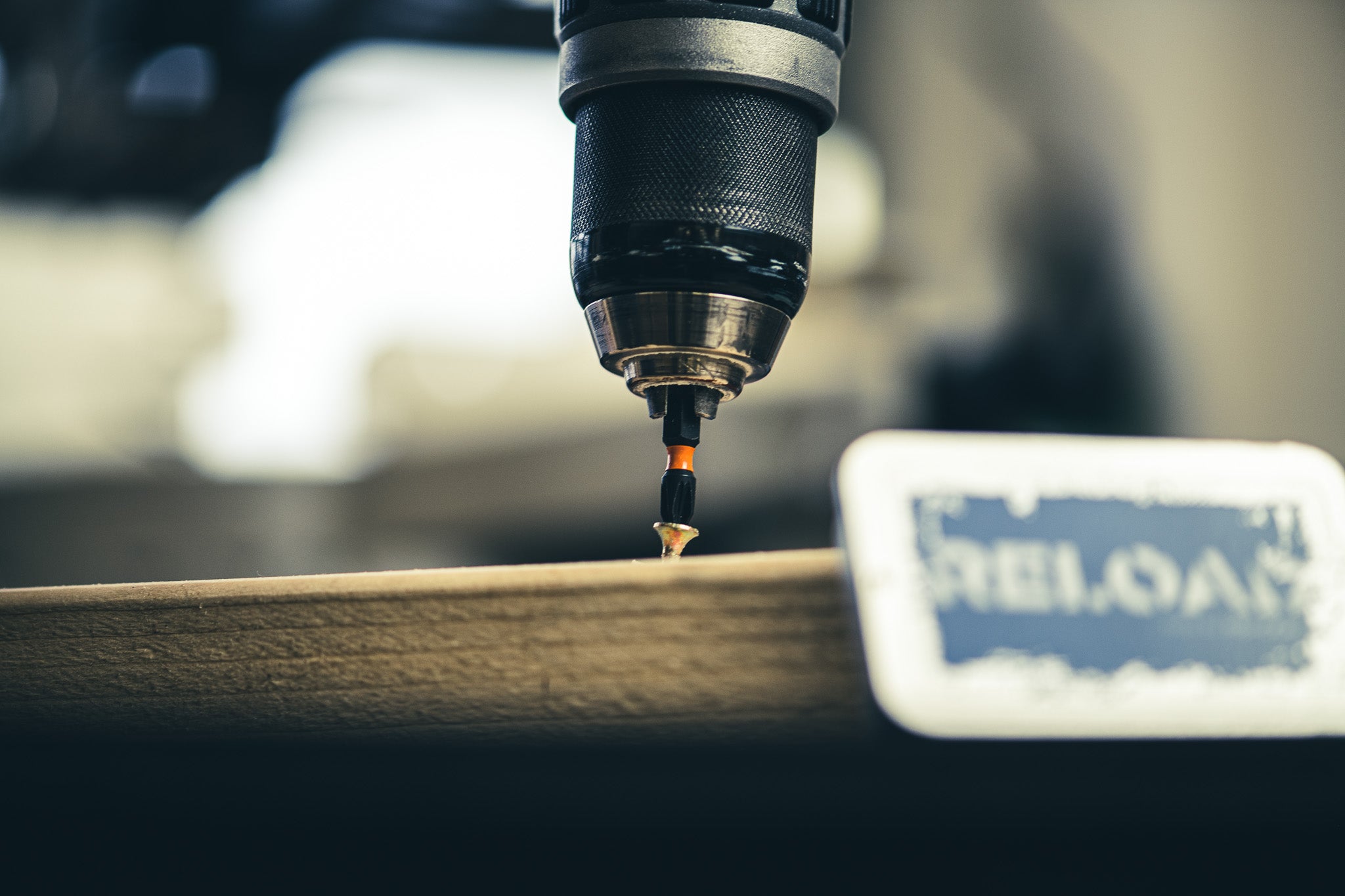Paw-wer Fact-or Corr-ek-shun
Power, Factor, Correction
The process of adjusting the ratio of active power to reactive power in an electrical system.
Example usage: The electrician is performing a power factor correction to ensure the system is running efficiently.
Most used in: Industrial, commercial and large scale residential electrical systems.
Most used by: Electricians, electrical engineers and other electrical tradespeople.
Popularity: 8/10
Comedy Value: 2/10
Also see: Power Factor Improvement, Power Factor Correction Capacitors, Power Factor Correction System, Power Factor Correction Panels,
What is Power Factor Correction?
Power Factor Correction (PFC) is an electrical engineering term used in the construction industry to describe the process of changing the power factor of an AC electrical power system in order to reduce the amount of reactive power used.
In the context of electrician construction, Power Factor Correction is used to reduce the amount of current used by electrical motors and other equipment that draws power from the electrical grid. By adjusting the power factor, the current draw is reduced, leading to improved efficiency and reduced energy costs.
Power Factor Correction is also beneficial for electrical systems with high levels of harmonic distortion. Harmonic distortion occurs when the load on the electrical system is not evenly balanced, resulting in a distorted waveform. By adjusting the power factor, the waveform can be made more consistent, leading to improved system performance and increased reliability.
Power Factor Correction is becoming increasingly important as electricity consumption continues to rise. According to the U.S. Energy Information Administration, total electricity consumption in the United States has increased by nearly 30% since 2000. Implementing Power Factor Correction can help reduce electricity consumption, leading to lower energy bills and a smaller environmental footprint.
Etymology of the Term 'Power Factor Correction'
The term 'power factor correction' is used in the context of electrician construction to refer to the process of adjusting the power factor of an AC electrical power system to near unity. It is a means of improving the power quality of a system, and is typically used when there is a significant load consisting of non-linear loads.
The term 'power factor correction' was first used in the late 1800s in the United States, and was used to refer to the process of increasing the power factor of an electrical power system. Initially, the term was used to refer to the use of capacitors to correct the power factor. However, over time the term has come to refer to any method of adjusting the power factor of a system, including the use of synchronous motors, inductive reactance, or other techniques.
Today, the term 'power factor correction' is widely used in the context of electrician construction, and is an important part of ensuring the power quality of a system. By adjusting the power factor of a system, electricians can help to improve the efficiency of a system, reduce costs, and ultimately provide better service to their customers.




